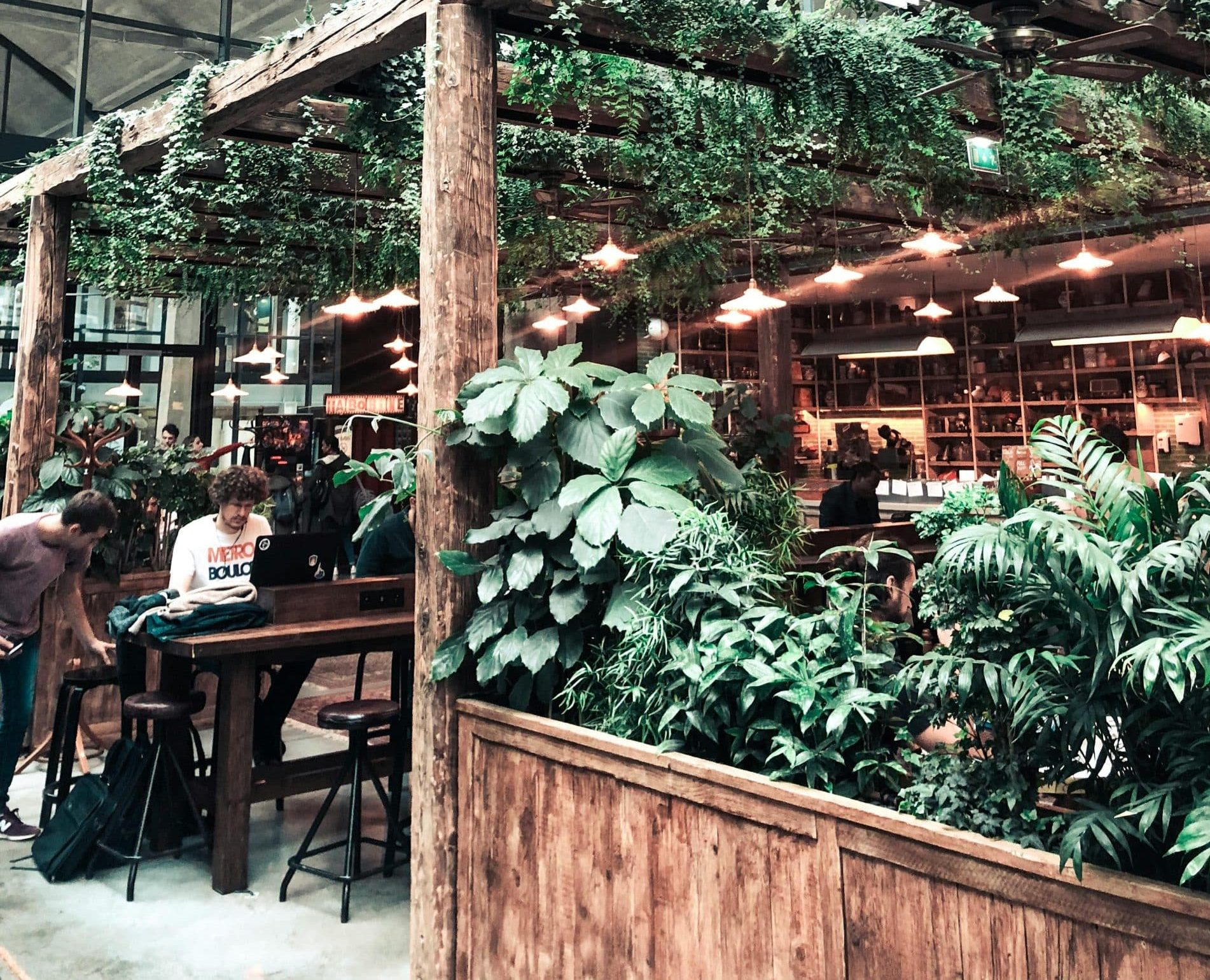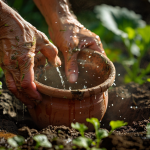Having a small urban patio doesn’t mean you can’t enjoy the benefits of growing your own vegetables. In fact, by carefully choosing the right plants and using space effectively, you can maintain a thriving vegetable garden year-round. This article offers professional advice on how to transform your patio into a productive and beautiful garden, regardless of its size.
Selecting Plants for a Small Space
When it comes to gardening in a small space, the first thing you need to do is select suitable plants. Not all vegetables are ideal for confined spaces, so it’s crucial to choose the ones that will thrive in your garden’s conditions.
A lire aussi : What’s the Best Way to Design an Outdoor Dining Area for Entertaining in a Small Space?
In general, plants that grow vertically, such as cucumbers, tomatoes, and climbing beans, are a great choice for small spaces. These plants don’t spread outwards, allowing you to make the most of your limited space.
Other suitable vegetables for small gardens include salad greens, radishes, carrots, and onions. These crops grow well in small spaces and produce a good yield for their size.
Avez-vous vu cela : What Are the Best Home Features for Hosting Exchange Students?
It’s also important to consider the time of year and the climate where you live. Some plants, such as spinach and lettuce, grow well in cooler weather, while others, like peppers and tomatoes, need warm, sunny conditions.
Planting a mix of cold and warm-weather vegetables will allow you to have a productive garden year-round.
Making the Most of Your Space
Once you’ve selected your plants, it’s time to determine how to best use your space. Even the smallest patio can be utilized effectively with some careful planning.
Consider using raised beds or containers to maximize your planting area. These can be placed strategically to make the most of your patio’s sunlight and shade. Plus, they’re easy to move around as needed, allowing you to easily adjust your garden layout.
Vertical gardening is another space-saving technique. This involves growing plants upward, either on trellises, in hanging baskets, or on walls or fences. With vertical gardening, you can grow more plants in a smaller area, making it an ideal solution for small patios.
Caring for Your Plants
After planting, the key to a successful garden is proper care. This means watering your plants regularly, feeding them with suitable compost or plant food, and keeping an eye out for pests or diseases.
In small gardens, it’s usually easier to control pests, as there are fewer places for them to hide. Regularly check your plants for signs of trouble, such as chewed leaves or unusual growth.
Watering is another crucial aspect of plant care. Small gardens and container plants often require more frequent watering than larger gardens, especially in hot weather. However, be careful not to over-water, as this can cause root rot and other problems.
Continuous Harvesting and Succession Planting
To ensure you have a constant supply of fresh vegetables, consider using techniques like continuous harvesting and succession planting.
Continuous harvesting involves picking vegetables regularly, which often encourages the plants to produce more. For example, if you keep picking the outer leaves of lettuce, the plant will continue to grow new leaves in the center.
Succession planting, on the other hand, involves planting new crops as soon as the old ones have been harvested. This keeps your garden productive throughout the year, as there’s always something growing.
Enhancing Your Patio with Aesthetically Pleasing Arrangements
Finally, don’t forget that your patio is also a place to relax and enjoy. Therefore, while your main aim may be to grow vegetables, it’s important to create a space that’s visually pleasing.
Consider arranging your plants in a way that creates a nice visual effect. For instance, you could place taller plants at the back of your garden and shorter ones at the front. Or, use plants with different leaf shapes and colors to add interest and variety.
You could also add other decorative elements, like stepping stones, garden ornaments, or a small water feature. These can make your patio more inviting and enjoyable, while still serving its primary purpose as a vegetable garden.
By following these tips, you can transform even the smallest urban patio into a thriving, productive vegetable garden. So why wait? Start planning your patio garden today, and before long, you’ll be harvesting your own fresh, homegrown vegetables.
Sustain Your Vegetable Garden: Proper Maintenance and Care
In order to maintain your vegetable garden effectively in a small space, it is essential to pay attention to the regular care of your plants. This includes timely watering, providing the right nutrients, and keeping an eye out for any pests or diseases.
Watering is a critical aspect of plant care. Small gardens and plants grown in raised beds or containers tend to dry out faster, particularly in hot weather, making more frequent watering essential. However, a crucial point to remember is not to over-water. Too much water can lead to root rot and other complications. Hence, a balance must be maintained – the soil should be kept consistently moist, but not waterlogged.
Plants also require nutrients to grow, which can be supplied through compost or plant food. Organic matter such as compost enriches the soil, promoting the growth of beneficial microbes and supplying nutrients. It also improves soil structure, enhancing its ability to retain water and roots’ access to air.
Pests and diseases can be a threat to your hard-earned vegetable harvest. Regularly inspect your plants for signs of trouble, such as chewed leaves, discoloration, or stunted growth. In small gardens, it’s generally easier to keep pests under control due to the lesser hiding places. However, prompt action is key to prevent any minor issues from escalating.
Keeping Your Garden Productive All Year Round
One of the greatest joys of having your own vegetable garden is the prospect of a continuous harvest. To achieve this, strategies like continuous harvesting and succession planting can be employed.
Continuous harvesting refers to the practice of picking vegetables regularly. This practice often encourages the plants to produce more. As an example, consistently harvesting the outer leaves of lettuce will stimulate the plant to keep producing new leaves in the center, thereby extending its production period.
Succession planting, on the other hand, is the technique of planting new crops as soon as the previous ones have been harvested. This ensures that there’s always something growing in your garden, and you can enjoy a variety of fresh vegetables year-round.
Conclusion
Cultivating a flourishing and productive vegetable garden on your urban patio is not only possible but can also be incredibly rewarding. By making smart choices about what to plant and how to use your space, you can grow a wide array of vegetables all year long.
Whether you choose to grow vertically, in raised beds, or containers, remember to provide your plants with the care they need and employ techniques such as continuous harvesting and succession planting to keep your garden productive throughout the year.
So, don’t let a lack of space deter you. Embrace the challenge and reap the rewards of fine gardening. After all, the joy of plucking fresh, homegrown vegetables from your own patio garden is simply unparalleled. So, start planning your garden today, and before long, you will be enjoying your own fresh, homegrown vegetables.













